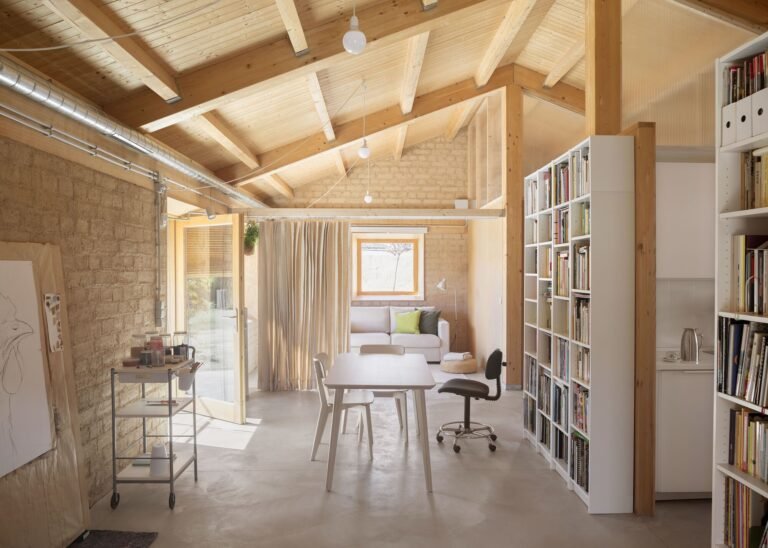How Adirondack Chairs Became America’s Favorite Summer Seat
The provenance of the Adirondack chair—that sensible, slat-backed porch staple—is murky at best. Historians aren’t even certain it originated in its eponymous range of New York mountains. Pressed to pin down a pedigree, most point to a close cousin—the Westport chair—as its likely predecessor.
Around 1900, on the banks of New York’s Lake Champlain, a man named Thomas Lee tinkered with some seating for his summer cottage. “I can vaguely recall Uncle Tom’s nailing boards together [into a chair] and getting various members of the family together to sit in it and tell him when the angles felt exactly comfortable,” wrote his niece Mary Lee in a 1962 letter. “Then he evolved those great wide flat arms on which you set a cup or glass.” The chair, with its angular sit-back-and-relax silhouette, was later made to order in hemlock and basswood by carpenter Harry Bunnell, a friend of Lee’s, from roughly 1904 to 1930.
Perhaps locals saw that chair, liked it, and attempted to make their own. The slatted construction of the Adirondack suggests they were made by hobbyists working with scraps. Either way, by World War II, the slightly altered version—a wider seat made with multiple slats and narrower arms—was a classic across the nation. (New Jersey maker Irving Wolpin patented a design along these lines in 1938.) And the influx of tuberculosis patients retreating to Adirondacks sanatoriums for the “wilderness cure” created a steady market for the seats, in which they could rest in the mountain air.
Over the century Adirondack chairs became the go-to for no-nonsense outdoor seating. Today budget shoppers can snag one for around $80 at Walmart, while elevated versions are available in a range of materials from teak or pine to recycled plastic, like the one shown by Loll Designs. “It takes a certain kind of house,” explains interior designer Miles Redd. “Shingle, clapboard, stone—you need a traditional vernacular.” Neal Beckstedt, who recently placed two by a Hamptons pool, gushes, “It’s the perfect deep pitch that requires no cushion—a classic.”




